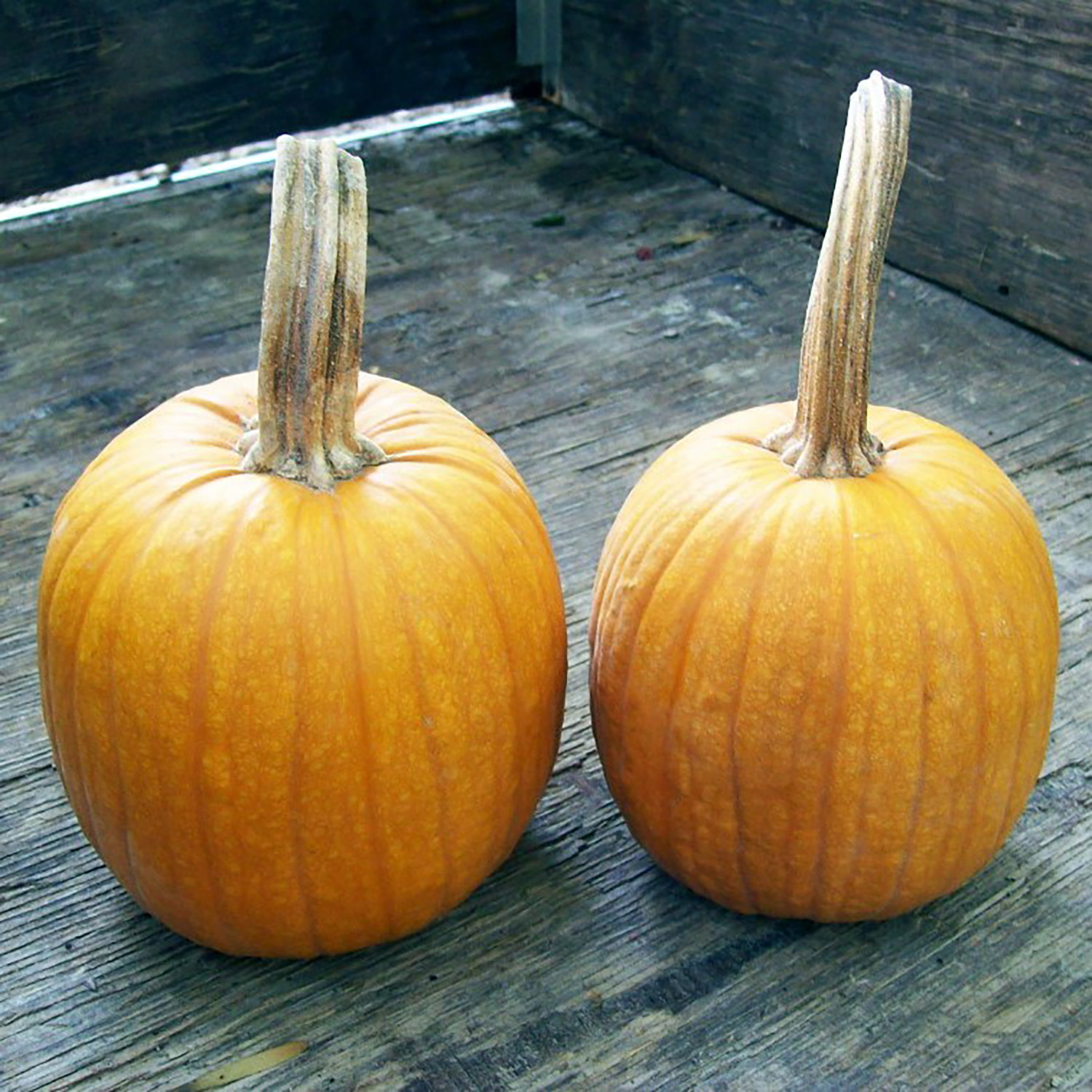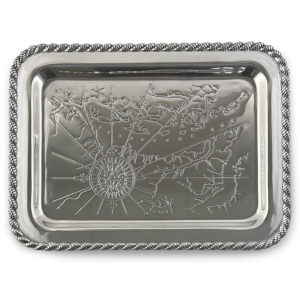Description
Did you know that very old seeds can be recovered by archaeologists? Very occasionally at Jamestown, 400 year old seeds survive and can be studied by researchers called archaeobotanists. An archaeobotanist identifies and uses seeds to answer a number of research questions. Planting and growing crops for food was an essential part of survival for the early colonists. Some seeds have been excavated near the James Fort site, providing evidence of a few early foods.
Researchers can study what environmental conditions may have been like 400 years ago and can even assess the seasonality of activities occurring on the site. Plants were used in many aspects of daily life in the seventeenth century, and finding and identifying seeds can illuminate activities that may only be understood through the documentary record. Plants were cultivated as food for people and animals and many medicinal treatments were derived from various flora. They also used plants such as hemp and cotton to make clothing and lumber and grasses that could be used as thatch were vital construction materials. Plants even became economically significant on a larger scale through export from Virginia to England.
Jamestown archaeologists have recovered and identified thousands of seeds. Many of the seeds studied represent local varieties, indicating that the English colonists were incorporating new foods into their diet, likely with knowledge gained from the Virginia Indians. Pumpkin/Squash (Cucurbita sp.) seeds are some of the most commonly found seeds on the site. Similar to harvest times today, pumpkin and squash would have provided important nutrients in the cooler months. Some of the smallest seeds that archaeologists have recovered at Jamestown are tobacco (Nicotania sp.) seeds, physical evidence of the beginning of the tobacco economy and what would rapidly become Virginia’s primary export crop. Even weed seeds are important to the archaeobotanist, helping to piece together the puzzle of telling time on the site by assessing seasonal plant cycles.
Enjoy your newly purchased seeds and consider, how would they have been used 400 years ago?
Here we have gathered a selection of seeds from the Southern Exposure Seed Exchange.




















